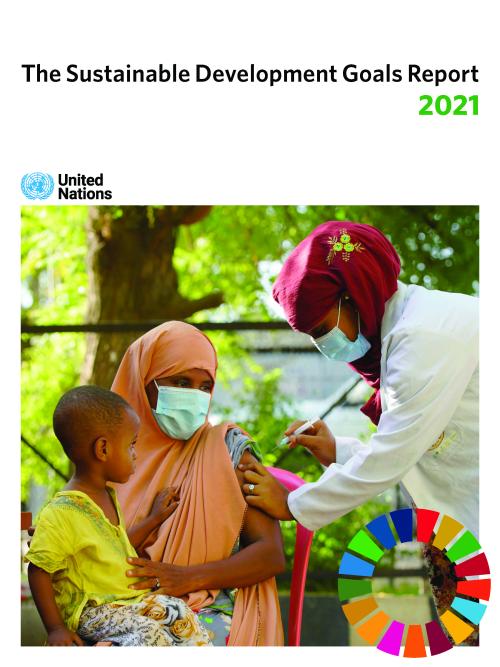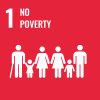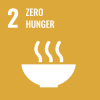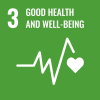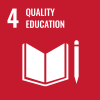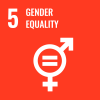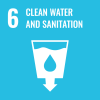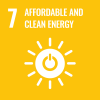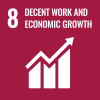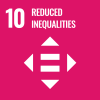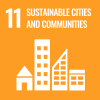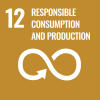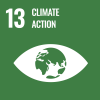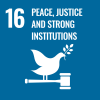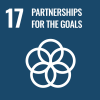More countries and communities are recognizing the need to bolster efforts to achieve the Sustainable Development Goals (SDGs) in light of the toll the COVID-19 pandemic has taken on people around the world, according to The Sustainable Development Goals Report 2021, released by the United Nations.
The decisions and actions taken during the next 18 months would determine whether pandemic recovery plans would put the world on a course to reach the globally-agreed upon goals that aim to boost economic growth and social well-being while protecting the environment.
According to the report, which tracks global efforts to achieve the SDGs, COVID-19 had caused a major disruption to people’s lives and livelihoods. While progress to achieve the SDGs had been slow even before the pandemic struck, an additional 119-124 million people were pushed back into poverty in 2020. An equivalent of 255 million full-time jobs were lost, and the number of people suffering from hunger, which was already climbing before the pandemic, may have increased by 83-132 million.
The pandemic also exposed and intensified inequalities within and among countries. As of 17 June 2021, around 68 vaccines were administered for every 100 people in Europe and Northern America compared with fewer than 2 in sub-Saharan Africa. Up to 10 million more girls would be at risk of child marriage as a result of the pandemic over the next decade. The collapse of international tourism has disproportionally affected Small Island Developing States.
The economic slowdown in 2020 had done little to slow the climate crisis. Concentrations of major greenhouse gases continued to increase, while the global average temperature was about 1.2°C above pre-industrial levels, dangerously close to the 1.5°C limit established in the Paris Agreement.
Global flows of foreign direct investment fell by 40% in 2020 compared to 2019. The pandemic has brought immense financial challenges, especially for developing countries – with a significant rise in debt distress.
The 2030 Agenda, adopted by all United Nations Member States in 2015, provides a shared blueprint for peace and prosperity for people and the planet, now and into the future. At its heart are the 17 Goals, to improve health and education, reduce inequality, and spur economic growth – all while tackling climate change and working to preserve our oceans and forests.
According to the Report, to get the SDGs back on track, governments, cities, business and industries have to use the recovery opportunity to adopt low-carbon, resilient and inclusive development pathways that reduce carbon emissions, conserve natural resources, create better jobs, advance gender equality and tackle growing inequities.
According to the Report, the recovery effort would also depend on the availability of data to inform policy making. Ensuring sufficient funding is available for data collection, both through the mobilization of international and domestic resources, is critical to these efforts.
The annual report, a joint effort of the global statistical community, was launched during the UN High-level Political Forum on Sustainable Development as leaders from governments and different sectors of society gathered to chart strategies and efforts to fully implement the SDGs. The report provides essential data that allows decision-makers to guide efforts toward achieving the SDGs.
 Welcome to the United Nations
Welcome to the United Nations
